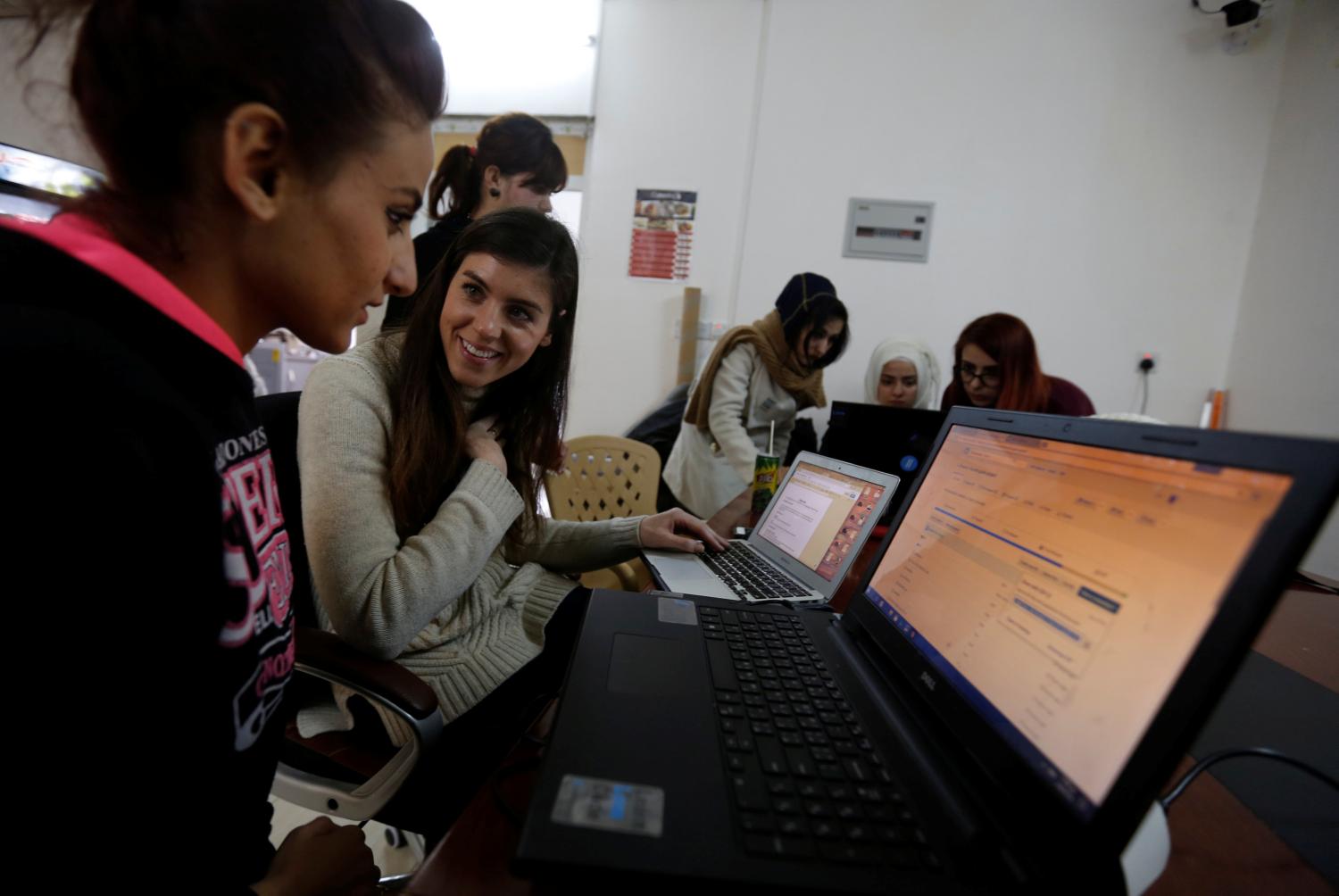Editor’s note: In the “Becoming Brilliant” blog series, experts explore the six competencies that reflect how children learn and grow as laid out by Kathy Hirsh-Pasek and Roberta Golinkoff in their new book “Becoming Brilliant.”
Education is about the future—students learn in schools and other places based on two underlying assumptions: (a) What they learn today will be recalled sometime in the future when the knowledge is needed, and (b) today’s learning will transfer across time, place, and space. Teachers are preparing students for higher levels of education, careers that may not even exist today, and the increasingly complex world of citizenship—voting intelligently, recognizing, and supporting good options for societal problems. With the amount of information increasing exponentially and new information often replacing what we formerly believed to be true, the twin abilities of learning well and thinking critically are essential skills for students at every level.
But what does it mean to think critically?
Critical thinking is using the skills or strategies that that are most likely to lead to a desired outcome. It is purposeful, reasoned, and goal-directed. It is the sort of thinking we should be engaging in when deciding what and whom to believe, which of two job offers to accept, or whether vaccinations really do cause autism. It is different from, but often relies upon, simple recall (e.g., what does five plus seven equal?), unsupported opinions (e.g., I like vanilla ice cream), and automated actions (e.g., stopping at a red light).
Critical thinking has two main components: understanding information at a deep, meaningful level, and overcoming fallacies and biases. For example, suppose you are learning about a new theory. You could learn to recite the definition of the theory with little meaning (e.g., photosynthesis is a process used by plants to synthesize foods from carbon dioxide and water using sunlight) or you could process it at a deeper level. There are many learning activities that facilitate deep level processing. For example, you could write out the theory in your own words, explain it to someone who is not familiar with it, and provide evidence for (and possibly against) the theory. What is it explaining? What theory is it replacing (if applicable)? What is its history? How could it be applied to an everyday problem? If you could answer these questions, the theory would become easier to recall, and you could use it to generate new theories or see flaws or strengths in other theories. Argument analysis is another example of deep processing. Critical thinkers learn to identify the conclusion, the evidence, and reasoning used to support the conclusion. They also look for assumptions, counterevidence, and limiting conditions (times when the conclusion may not apply).
Some educators prefer to consider critical thinking as “debiasing” or recognizing and resisting fallacies. Suppose someone asks you if children become brilliant because of their nature or nurture. This is an example of the “either-or” fallacy, and anyone who is trained to recognize it can avoid its pitfalls. Similarly, critical thinkers recognize when correlational data are being used to make causal claims. For example, an article in the Los Angeles Times told readers that if they want their children to get good grades they should make sure that their kids’ friends get good grades. But after reading the article, it was apparent that children with good grades had friends with good grades, and children with poor grades had friends with poor grades. But nowhere did it show that kids with poor grades would improve by friending kids with good grades. The data were correlational, which any critical thinker should recognize.
If you are thinking critically, and I hope you are, you may be wondering: Can we teach students to be better thinkers? The answer is a resounding “yes.” There is a large amount of research literature (reviewed in my book, “Thought and Knowledge: An Introduction to Critical Thinking”). In one project that I conducted with a doctoral student, who is now Dr. Lisa Marin, we went into very low-performing high schools in California. There were several studies, some that involved parents and some in which classes were assigned at random with different critical thinking instruction. We found that when critical thinking skills were deliberately taught (not as an ancillary to other content), students improved in their abilities to think critically. There are many studies showing substantial gains in critical thinking in college students, the military, and other populations as well. Critical thinking can be taught at any grade, as long as it is taught in a way that is developmentally appropriate.
Finally, critical thinking has a self-reflective component. Good thinkers consider the steps of problem solving, how they are mentally approaching a problem, and the quality of their conclusion or solution.
Those who care about the future for today’s children understand that the jobs of the future will require the ability to think critically. So let’s be sure that our students are ready for college, careers, and citizenship by including deliberate instruction in critical thinking. It is probably the most difficult topic to teach and learn, but it is also the most important.
The Brookings Institution is committed to quality, independence, and impact.
We are supported by a diverse array of funders. In line with our values and policies, each Brookings publication represents the sole views of its author(s).






Commentary
Critical thinking for college, career, and citizenship
May 26, 2016